May 23, 2025 | 04:03 GMT +7
May 23, 2025 | 04:03 GMT +7
Hotline: 0913.378.918
May 23, 2025 | 04:03 GMT +7
Hotline: 0913.378.918

The model for collecting used pesticide packaging in Phuong Nam Ward (Uong Bi City, Quang Ninh). Photo: Thanh Phuong.
In Phuong Nam Ward (Uong Bi City, Quang Ninh), it is easy to find pesticide packaging collection tanks placed along the internal roads in agricultural areas. These tanks are made of sturdy concrete, designed to resist corrosion and leakage and are painted in a bright, attention-grabbing green color, making them visually appealing and easy to spot.
Phuong Nam is one of the major agricultural areas in Uong Bi City, with early-ripening lychee being the region's main product. With the aim of minimizing the environmental impact of used pesticide packaging and protecting the health of local residents, the local government has implemented the collection tank model. This initiative not only helps to effectively gather used pesticide packaging but also plays a crucial role in raising public awareness about environmental protection.
According to Mr. Bui Van Tra, the Chairman of the Farmers' Association of Phuong Nam Ward, Phuong Nam was the first area in Uong Bi City to introduce the pesticide packaging collection model in the years 2018-2019. So far, the ward has successfully set up 144 collection tanks at convenient locations such as along the edges of rice fields and internal rural roads.
According to Mr. Tra, before the pesticide packaging collection tank model was introduced, local farmers commonly discarded pesticide containers, bottles and packaging materials all over the fields, along roads and even near water sources and irrigation canals. The widespread littering of pesticide packaging not only polluted the land but also contributed to the contamination of water supplies, which could lead to serious health problems for the community.
Since the implementation of the collection tank model, local organizations and community groups have actively organized numerous awareness-raising campaigns and training sessions aimed at educating the public about environmental protection, with a strong focus on proper disposal of used pesticide packaging. Through these initiatives, people have gradually adopted new habits and started consistently disposing of their empty pesticide containers in the designated collection tanks.
On a regular basis, specialized units come to collect, transport and process the used packaging according to regulations, ensuring safety and environmental hygiene. This organized approach ensures that the disposal of used pesticide packaging is done systematically and effectively, contributing to a cleaner environment and better public health outcomes.
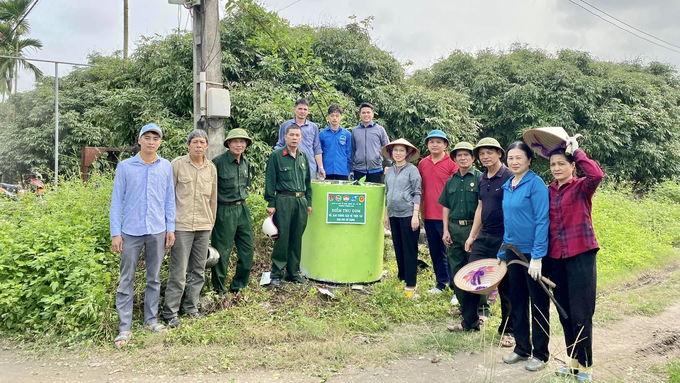
Local residents, in collaboration with community organizations, have repainted the collection tanks and added signs to them. Photo: Thanh Phuong.
After nearly five years of implementation, the pesticide packaging collection tanks have made a profound impact on the awareness of local farmers. Recently, local residents have worked alongside local authorities to repaint the tanks and affix signs to them, ensuring that they not only serve their practical purpose but also contribute to the aesthetic appeal of the residential area, maintaining the visual harmony of the urban landscape.
Mrs. Nguyen Huy Hai, a resident of the Hiep Thanh area in Phuong Nam Ward, shared her satisfaction with the program: "After using pesticides on my crops, I always make sure to dispose of the empty packaging in the collection tanks. Since the introduction of this model, we farmers have received a lot of guidance and education about environmental protection".
Up to now, Uong Bi City has made significant efforts to upgrade, repair and construct new pesticide packaging collection tanks and storage facilities in areas with large-scale agricultural production throughout the city. According to recent statistics, approximately 277 collection tanks have been installed across various districts and wards. These tanks are primarily concentrated in areas with major agricultural activities, such as Yen Thanh, Thuong Yen Cong, Trung Vuong and Phuong Nam.
In parallel with these infrastructure improvements, Uong Bi City has also placed a strong emphasis on raising public awareness about the responsible use of pesticides. Local authorities have been actively promoting proper pesticide usage, urging farmers to strictly follow recommended dosages, concentrations and the mandatory waiting periods between pesticide application and harvest, along with collecting and disposing of pesticide containers in accordance with procedures.
Translated by Phuong Linh
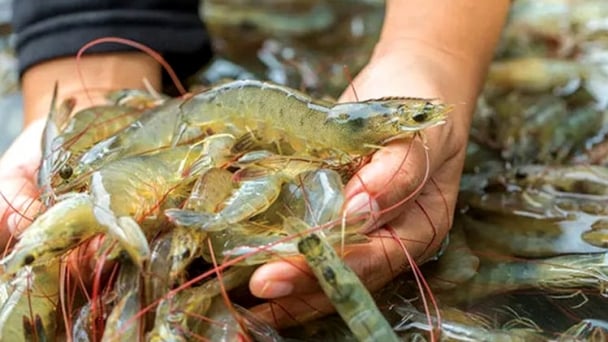
(VAN) A study assessing the carbon footprint of whiteleg shrimp farming in China shows the potential for carbon emission reduction through the use of renewable energy.
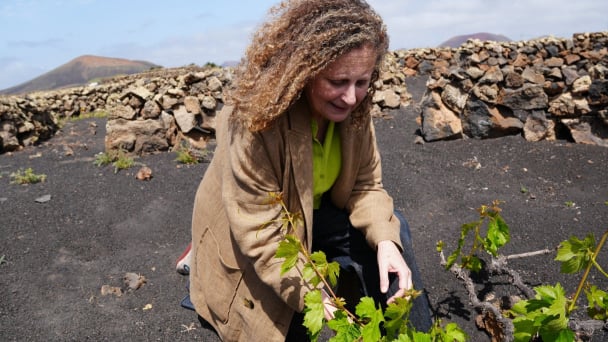
(VAN) Brazil, China, Mexico and Spain receive new designations of Globally Important Agricultural Heritage Systems from FAO.
![Reducing emissions from rice fields: [3] New values generated from carbon credit](https://t.ex-cdn.com/nongnghiepmoitruong.vn/608w/files/content/2025/05/19/dsc09613-144700_71-150957.jpg)
(VAN) In addition to helping safeguard the environment, the low-emission rice cultivation model also generates new opportunities for farmers by leveraging the carbon credit market.
![Ho Chi Minh city adapts to climate change: [1] Vulnerable in the whirlwind of development](https://t.ex-cdn.com/nongnghiepmoitruong.vn/608w/files/duyenht92/2025/05/19/3131-ngap-nongnghiep-163121.jpg)
(VAN) As the country's economic engine with a rapid urbanization rate, Ho Chi Minh city is facing increasingly serious consequences of climate change.

(VAN) On May 21, Minister of Agriculture and Environment Do Duc Duy worked with Mr. Olivier Brochet, Ambassador Extraordinary and Plenipotentiary of the French Republic to Vietnam.
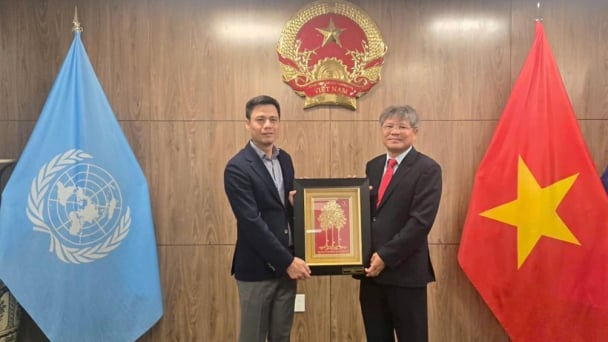
(VAN) VRG recently conducted a visit and working trip to the United States to demonstrate its efforts in redefining the role of rubber enterprises in the global value chain.
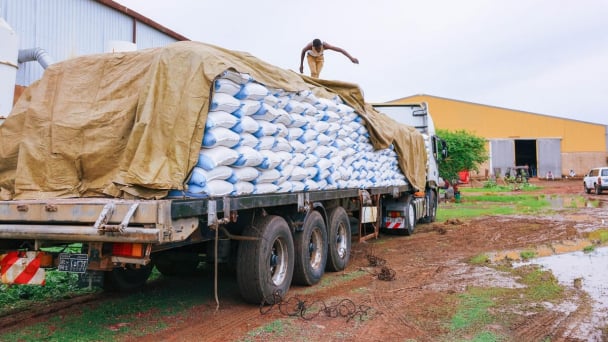
(VAN) In 2024, over 295 million people across 53 countries and territories faced acute hunger—an increase of almost 14 million people compared to 2023, while the number of people facing catastrophic levels of hunger reached a record high.